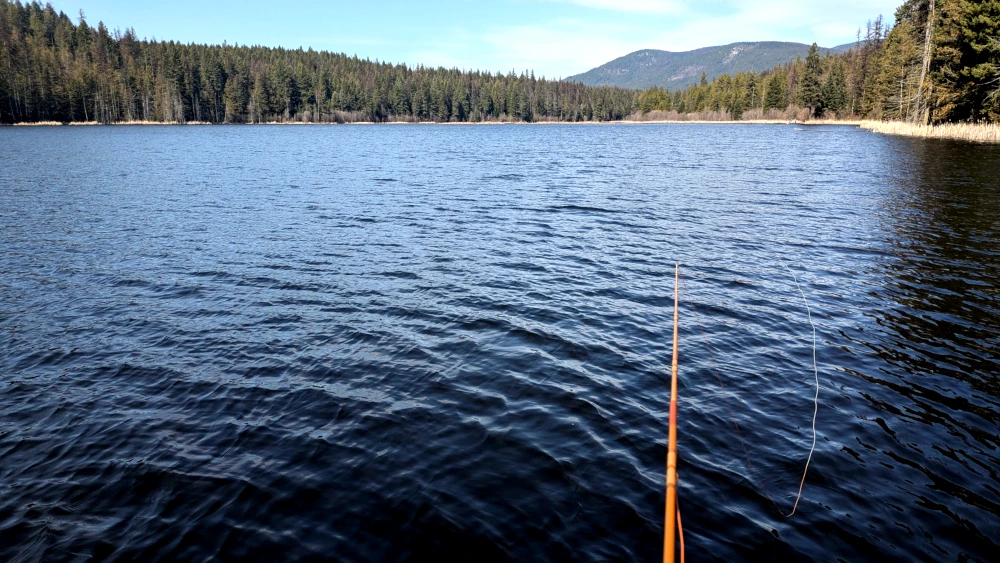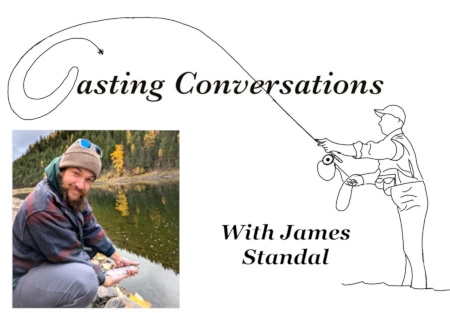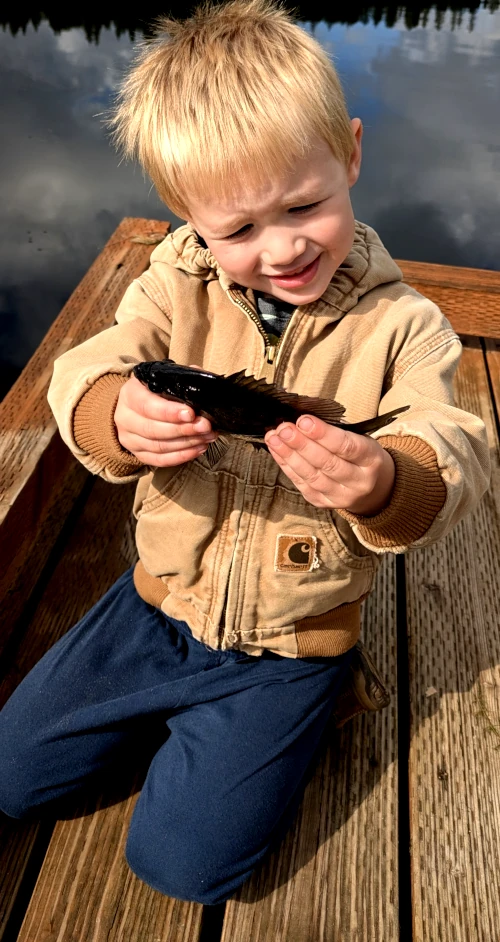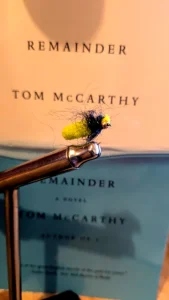
 Spring has sprung, and the snow is melting.
Spring has sprung, and the snow is melting.
Now, there might be one person out there behind their screen who just squinted and rubbed his temples in anger because I mentioned the mop fly. That is because there are a few elitist fly fisherman out there that don’t consider the mop fly a true fly. It is the same with a San Juan Worm. They will tell you it is too easy, that it reduces the intimacy of the sport such as flipping over rocks to see what larvae are hanging out in the waters, that it is a “stimulator” rather than an “imitator.” For the first two things I brought up, I will say to keep it easy and fish how you want to fish. As for the “stimulator” rather than an “imitator,” one could argue quite easily that the mop fly imitates a caddis or cranefly larvae, a caterpillar or even a worm. But all in all, we are all out there for the same thing: to get into nature and spend some intimate time with the silence, and if we catch a fish or two, that is the cherry on top.
 Now, the mop fly is quite the easy fly to tie. All you need is mop material from any mop, replaceable mop heads, or even those car washing mitts with the little mop tendrils hanging off of them. The preferred color for this in my opinion is chartreuse, and don’t ask me why: it just works. Take a size 12 jig or nymph hook and add the appropriate bead head onto it. Do a good amount of thread wraps around the hook eye and lay down a tiny bit of superglue on top of the wraps. Then lash the cut mop material on the thread and super glue and make sure it is down tight. Add a bit of dubbing (I prefer a piece of black peacock) and wrap a “head” on to the front. You can either fancy it up from here with some hackle, or just throw on a couple of whip finishes and call it a day. Within two minutes, you have yourself a mop fly. And it does not need to be pretty (as you can see from the one I tied for this report). A report that we should get back to about now.
Now, the mop fly is quite the easy fly to tie. All you need is mop material from any mop, replaceable mop heads, or even those car washing mitts with the little mop tendrils hanging off of them. The preferred color for this in my opinion is chartreuse, and don’t ask me why: it just works. Take a size 12 jig or nymph hook and add the appropriate bead head onto it. Do a good amount of thread wraps around the hook eye and lay down a tiny bit of superglue on top of the wraps. Then lash the cut mop material on the thread and super glue and make sure it is down tight. Add a bit of dubbing (I prefer a piece of black peacock) and wrap a “head” on to the front. You can either fancy it up from here with some hackle, or just throw on a couple of whip finishes and call it a day. Within two minutes, you have yourself a mop fly. And it does not need to be pretty (as you can see from the one I tied for this report). A report that we should get back to about now.
These tips are great, thank you James! I’ve never fly fished in my life, and I have to admit to reading a large handful of words I’ve never heard before, but that only makes me excited to learn about them!
But most of all, I’m grateful for the reminder to get out into nature and revel in the solace of silence.
Can’t wait to read more!